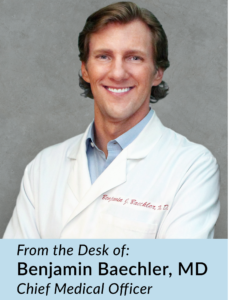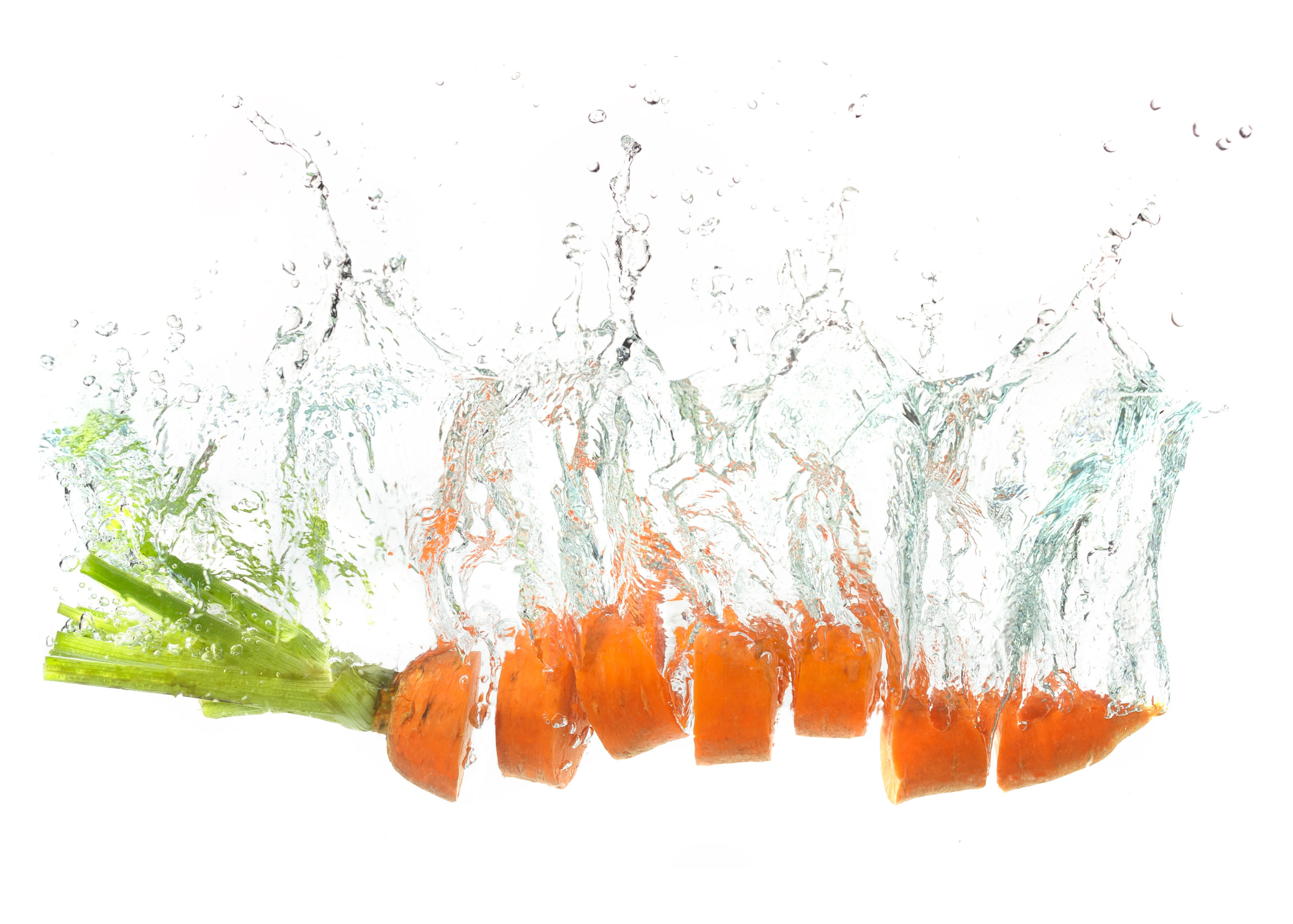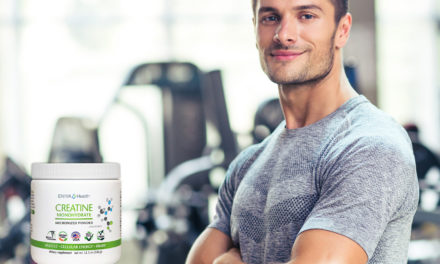
Hello Wellness Enthusiast,
Vision is precious. It is one of our five senses, and it not only helps to add beauty to our lives but it is also critical for learning, carrying out tasks of daily living, and enjoying our sports and hobbies. Unfortunately, several medical conditions can alter or destroy vision. One of those is the subject of this article — an eye challenge that may eventually lead to blindness: Age-related Macular Degeneration.
What Is Macular Degeneration?
Age-related Macular Degeneration (AMD) is a health condition that blurs the sharp, central vision needed for “straight ahead” activities such as reading, sewing, and driving. AMD affects the macula, the part of the eye that allows you to see fine detail. As AMD advances, it leads to a blind spot in the central portion of your vision. The blind spot expands with time. It can lead to total blindness in both eyes. In some cases, AMD advances so slowly that people do not notice the vision change until it is severe.
What Are The Risk Factors?
Although AMD is devastating, the good news is that this problem can be detected early through annual eye exams. Also, researchers have identified several risk factors for the development of this condition — several of which are lifestyle associated. Risk factors for AMD include the following:
- Low intake of antioxidants, minerals, and carotenoid compounds
- Hypertension (high blood pressure) and/or cardiovascular changes
- A diet high in unhealthy fats (especially “trans” fats)
- Cigarette Smoking
- Age and family history
- Early menopause
- Prolonged sun exposure

Although we can’t do anything about age or family history, the majority of risk factors can be affected by lifestyle decisions and actions. Quitting smoking, controlling blood pressure, decreasing fat intake, increasing fruits and vegetables, and wearing appropriate sunglasses are all things we have control over. Also, significant research has been done in nutrition — both in prevention and treatment of this condition. This research demonstrates the link between nutrition, eye health and muscular degeneration.
What Can I Do?
On the protection side, well-balanced diets associated with higher intake of antioxidants, minerals, and certain phytonutrients called carotenoids (i.e. the substance that gives many vegetables their color — orange in a carrot, for instance) have been associated with lower rates of AMD.
On the treatment side, AMD is a challenging condition with limited options. Because of this, the Age Related Eye Disease Study (AREDS) was conducted by the National Eye Institute, a division of the US National Institutes of Health. This study involved 3,600 people with AMD and found that taking high levels of specific antioxidants and zinc can reduce the risk of developing advanced age-related macular degeneration (AMD) by about 25 percent.

While not a cure for AMD, the nutrients investigated may play a key role in helping people at high risk for developing advanced AMD keep their remaining vision. Scientists found that people at high risk of developing advanced stages of AMD lowered their risk by about 25 percent when treated with a high-dose combination of vitamin C, vitamin E, beta-carotene, and zinc. In the same high-risk group—which includes people with intermediate or advanced AMD in one eye but not the other—the nutrients reduced the risk of vision loss caused by advanced AMD by about 19 percent. This study was the largest eye nutritional intervention study ever done, and it clearly demonstrated the benefit of nutritional intervention for certain patient populations with this condition.

Several additional studies, included ones preformed at Harvard, explored the role of two special phytonutrient carotenoid compounds—lutein and zeaxanthin. Harvard’s studies showed that people eating the most lutein and zeaxanthin — an average of 5.8 mg per day—had a 57 percent decreased risk of AMD when compared to with people eating the least.
On a cellular basis, it is important to remember that sunlight triggers damage in the eye via free radical production, which in turn can contribute to macular degeneration development. If you are in the sun on a regular basis, you need to be aware of this. Carotenoid substances, from a pure chemistry standpoint, have antioxidant properties helping to quench free radicals that are generated by UV sunlight.
Which Supplements Are Best?
When selecting a nutritional eye supplement product, one must obtain a separate eye formulation. The specific eye-healthy ingredients and threshold amounts are not provided in sufficient quantity or presence in multi-nutrient formulations — even in the best ones. Even if these are advertised as a “multi” with eye ingredients, don’t be fooled — their levels are usually drastically less that what is supported in research. Also, be sure the supplement formula incorporates the results of the AREDS trial and additional eye research on lutein and zeaxanthin.
Another consideration is the form of supplement used. Often, older individuals have difficulty with digestion or decreased stomach acid, which can impair tablet and pill breakdown — and might want to consider a liquid formulation. Finally, be sure to discuss with your personal healthcare provider your supplement choice before beginning.
- Wear sunglasses even if outside for short periods of time
- Find ways to get away from increased screen time especially during the Winter. Note eye strain and fatigue from blue light screens and UV rays exposure – take action immediately
- Do not smoke!
- Continue annual eye exams and check-ups
- Take steps to neutralize free radicals that can impact eye damage (healthy life choices & adding in a daily multi)
- Take an Eye Health Supplement
Your vision is precious. Do your utmost to protect it!
All my best,
![]()
Dr.Ben
Supplement Recomendations from Eniva that SUPPORT optimal eye health:

*This statement has not been evaluated by the Food and Drug Administration. This product is not intended to diagnose, treat, cure, or prevent any disease. Any research referred to in this article is not meant to be interpreted as research results involving specific Eniva products.
At Eniva, we believe each human body was designed to be healthy. It was designed to be energetic, lean, agile, and resilient towards healing. You were created to live an abundant, healthy and vibrant life. Eniva is proud to create and manufacture pure nature-based supplements to help you feel and look your best.




